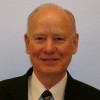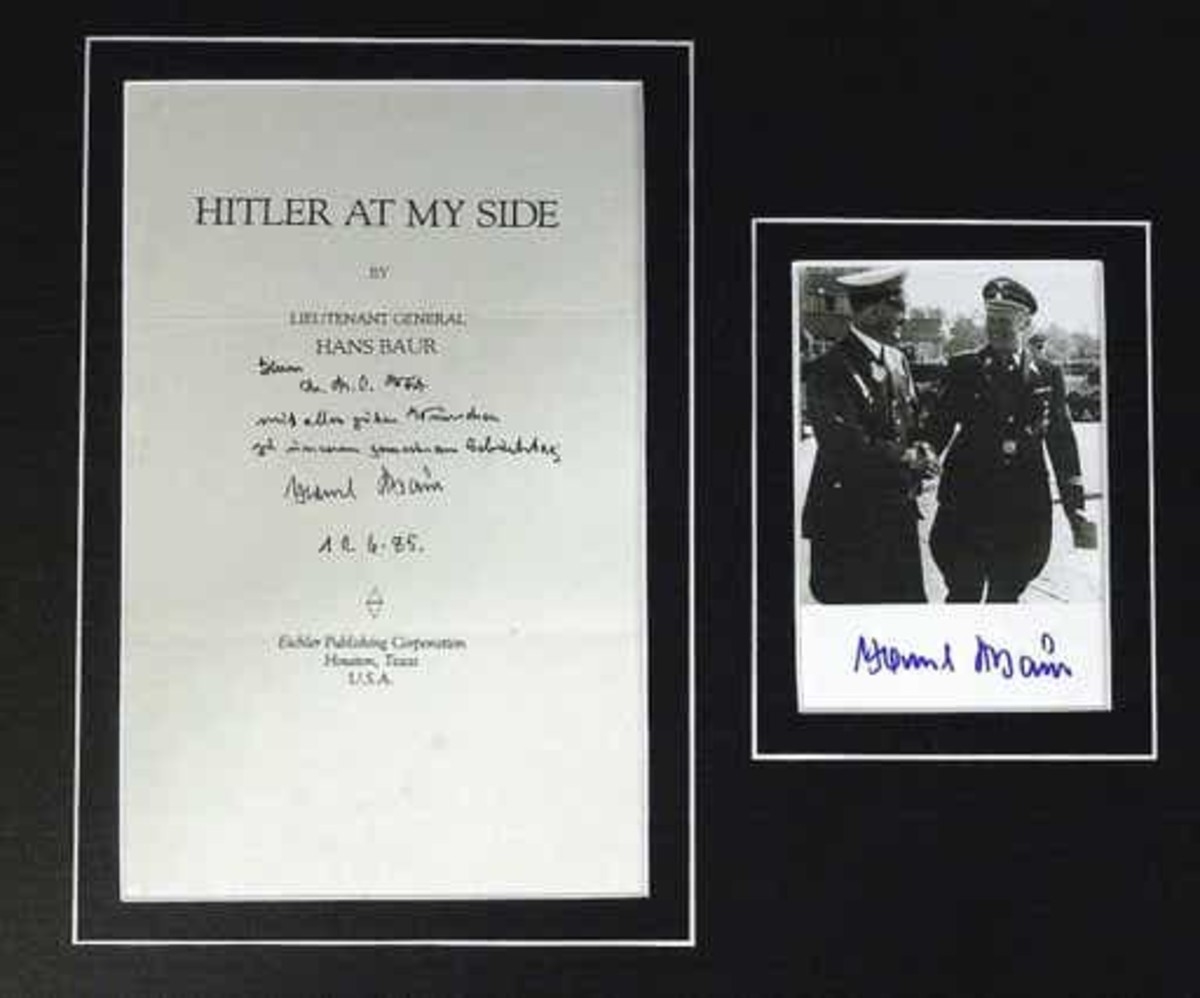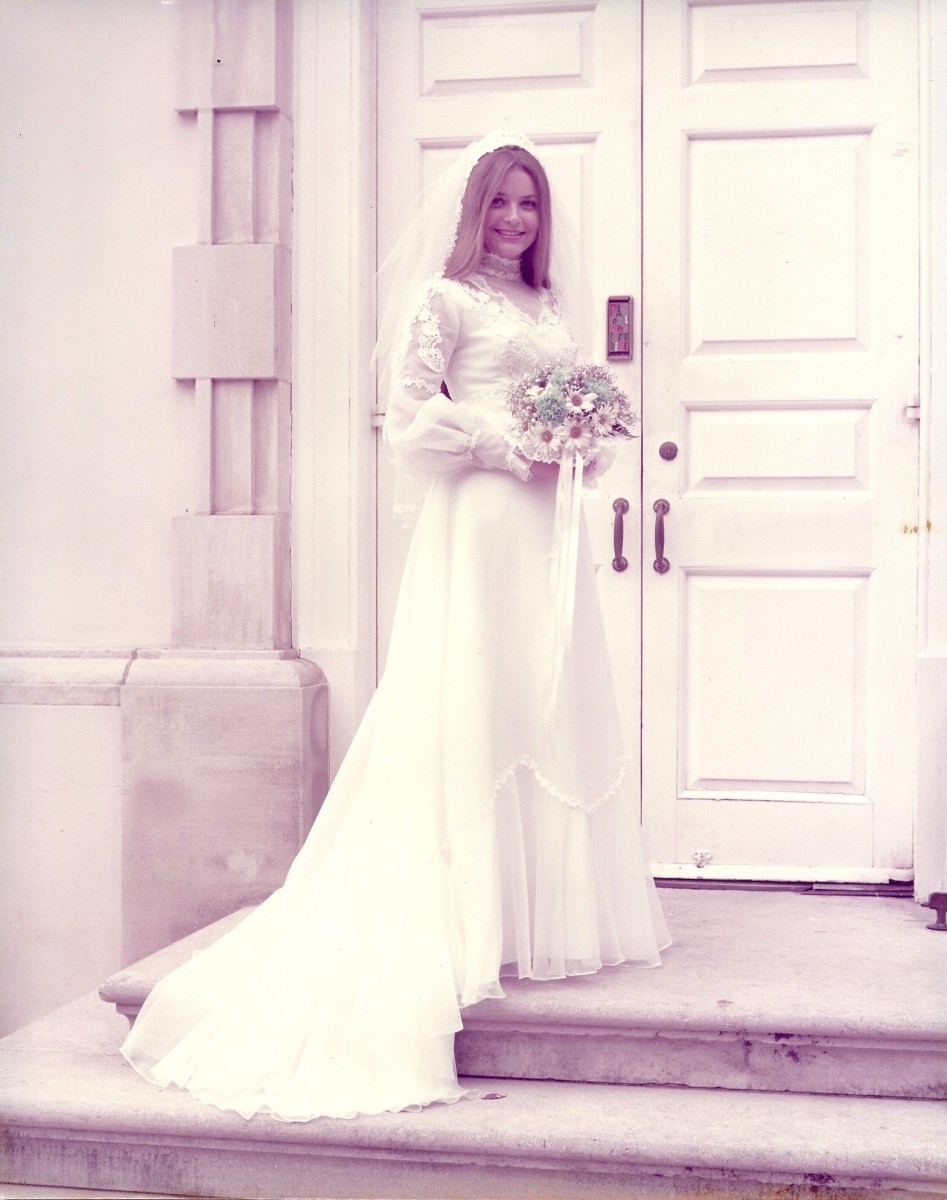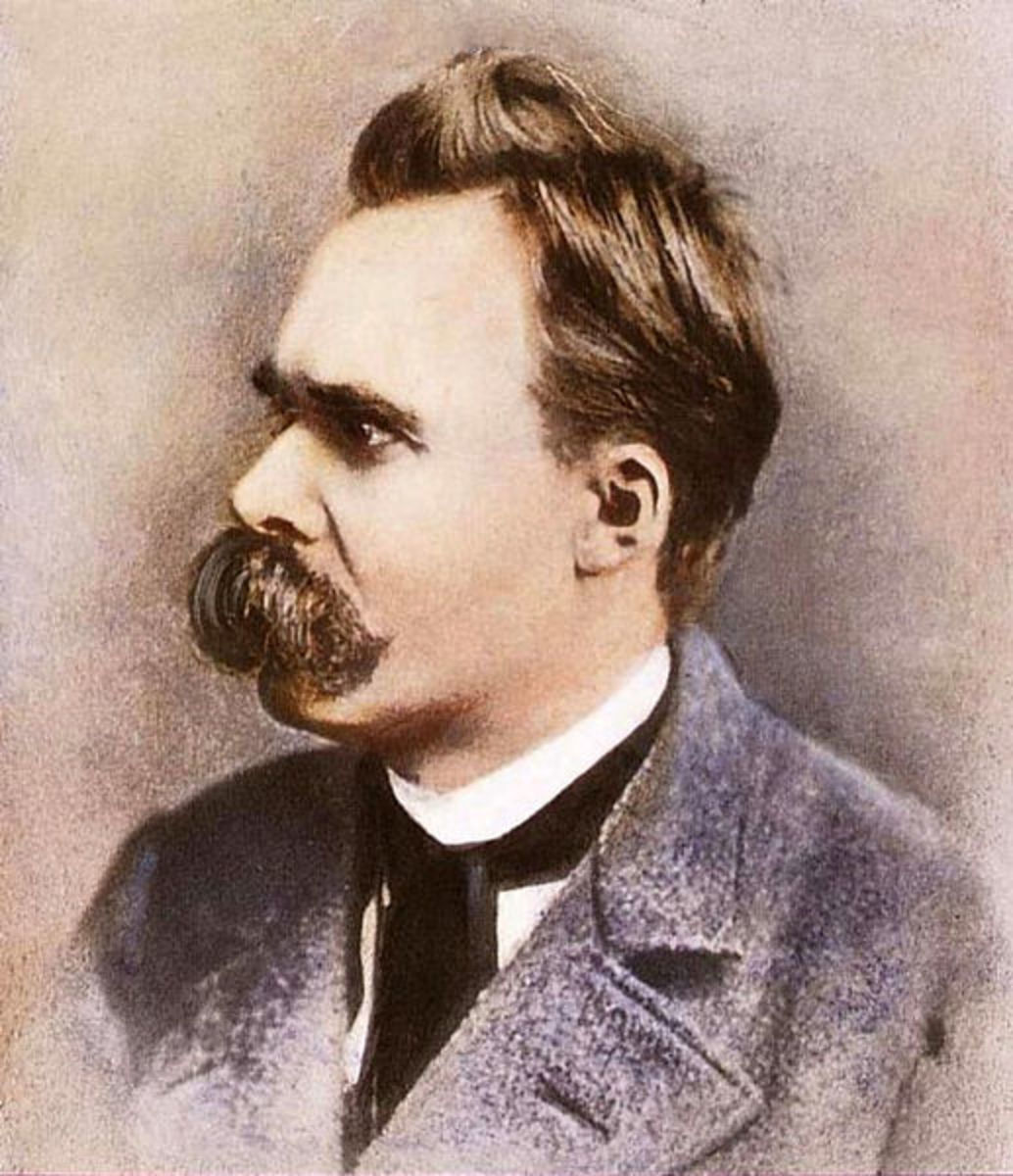Each Person's Life as a Work of Art, 2nd of 10-session intro to a Philosophy of Personal Creation and World Citizenship
1. The most important problem, when first introduced to another person and the unique world system that they, and they alone, represent in all its many facets, is to discover what goals that person is trying to achieve in life, what questions they are trying to answer, what journeys they are trying to complete, what stories they are trying to tell, indeed, what overall picture they are trying to visualize and paint on the canvas of their life's objective presentation of itself for themselves and for the rest of the world, however that particular person's world may be conceptualized and manifested.
2. Most of any person's actions and words will make little sense to us unless we are prepared to consider the hierarchies and time-frames of the goals and values that they are, to a certain extent uniquely, wanting and trying to achieve. A person's simplest everyday words and actions relate directly to quandaries and questions they have been asking of themselves and others, in one form or another, for many years.
3. For a person's whole-life journey is never a totally private and isolated excursion, but started even before birth in the physiology and cultural traditions of particular parents and ancestors, extends relentlessly through all the particular sets of actions and reactions in every part of that person's private and public life, and moves indefinitely into the future by way of many complicated and as yet poorly understood networks of social influence and effect.
4. The entire span of this whole-life process may, to some considerable advantage, be thought of as a work of art, such as a beautiful, real-life story, through which that person is doing the best they can (a) to sort through the rich but often bewildering and unfathomably unique set of factors (colors and materials, or characters, circumstances, plots and subplots) that is their own personal and cultural heritage, environment, and opportunity; (b) to combine those factors as coherently and quickly as possible into a promising early framework; and then finally, (c) to produce a unified, beautiful, and generally satisfying life-picture that will make some sense to themselves as well as to other people in general -- and all of this without having any secure idea how much time they have available before the final accounting is required of how they used their materials, their energies, and their opportunities.
5. The creation of the world continues day by day in the lives of individual people who interact decisively with the materials of their own internal and external contexts to participate in the continuing creation of (a) their own personal worlds, (b) the worlds they share with others through their various social groups, and (c) the larger world they share biologically and spiritually with all other humans by virtue of being an integral part of humanity.
6. Creation appears to be an eternal, ongoing process, whether thought of in theological or naturalistic terms, or just everyday common-sense terms. There is no evidence whatever that creation is not continuing to take place today in all aspects of the natural order no less than on personal, social, and cultural human levels, or that any of the creative principles or processes that ever did operate in the past are not still operating today as powerfully and as effectively as they ever did.
7. As individuals, we constantly touch and interlock with other people's worlds, worlds which themselves are also still in varying stages of conceptualization, creation, and completion. Creative contact with the diverse, only partially overlapping worlds of other people can be challenging to us, or frightening, beautiful or tragic, full of happiness and hope, or full of pain and dark foreboding, depending on the characteristics of those worlds themselves, and on the characteristic modes with which we ourselves respond to other people.
8. Practically everyone at some time in life also encounters the larger perspective of some school, some church, some business organization, some political leader, some philosopher, or some friend, some life-mate or would-be life-mate, almost certainly in a family relationship of some sort, and we sometimes observe these different worlds of others with a sense of wonder, whether consciously or unconsciously, to see what it is like to encounter another person's world, because most of us crave the communication and companionship that only a thoughtful and emotional sharing of the unique life journeys of other persons and groups of persons seems to satisfy.
9. Even this material now on your computer screen is part of its own author's creative journey through life, a trip around the world to see if the world is round, and if who, why -- a slow, deliberate journey from person to person to try to learn something from each person, to try to contribute something to each person, to try to create something with each person, and thus to sketch out as richly as possible some of the details of that particular work of art, and that particular story, that happens to be his own particular personal life.
10. So we may speak with special reverence of "each person's life as a work of art," like a story being told, in which they themselves play an authentically creative role, and through which they may also participate in creating [a better world, in everyday terms, which ultimately would mean] a more harmonious new world civilization in which all other persons can live their lives as works of art in peace, love, friendship, and productive work.
11. Thus the title phrase "creation of the world" refers, in the first place, to the observable fact that each individual person's life is constantly in the process of being created, and that the individual person is the central, most important, most responsible factor in that process.
12. A growing body of knowledge now available describes how individual people can effectively understand, intervene, and play decisive roles in this creative process, but the knowledge often lacks the credible, convincing, integrative focus and philosophy required (a) to make these materials immediately accessible and usable to those people who need it most, and (b) so that new progress in research along these lines can work from a solid base.
13. These two worthwhile goals of providing such a focus, and proposing such a base, helped this author justify [or at least rationalize] his taking enough time away from other parts of his life to conceptualize, research, and start to write in search of a workable, generally accessible philosophy of personal creation and world citizenship.
Thank you for attending this session 2 of 10 in the course, "The Invitation to Participate" in personal creation and world citizenship. These 10 sessions form the first chapter in the first volume ("Context and Implications") of a 12-volume series entitled "The Creation of the World: A Philosophy of Personal Creation and World Citizenship as a Means of Participation by All People in the Dawning New World Civilization." Located now (Nov. 1, 2012) in Max Havlick's office closet in 12 black notebooks from when he first wrote them at Harvard University in 1972-75, they will gradually be published worldwide in interactive format via HubPages (and/or our own website as funds become available). More information on the overall series will appear later in session 9 of this course.
The next session of this introductory course, session 3 of 10, "The Human Hunger for Philosophy and Science," will first appear for study on HubPages by Monday, November 5, 2012.
Workbook Exercises for Session 2
(optional for auditors, but required for those registering for credit)
1. Look up the word "art" in a good dictionary, preferably unabridged (available at any public library, but less desirably, also on the Internet for libraphobics). Write by hand into your class notes the full etymology and various definitions of "art," and list all the other words (with their meanings) that you can find using the same root (as in the word "art-ificial," for instance).
2. Expand your understanding by doing the same for the other two key words "world" and "creation." (To the overwhelming majority of even well-educated adults: see if you have not underestimated many comprehensive aspects of these words.)
3. Write in your own words the main reasons we give here for pursuing this philosophical venture. Does it make sense to you? How would you evaluate the possibility of its success? Explain your answers.
4. For graduate students, or for extra credit, locate one important discussion of "creation" or "human creativity" in the literature of your primary background culture, whether religious, philosophical, national literary, scientific, political, or national. Read enough to discover and write into your notes leading ideas from the discussion, and how they relates to the author's overall perspective. Two classic examples from previous generations: Arthur Koestler, The Act of Creation: A Study of the Conscious and Unconscious in Science and Art (Macmillan, 1964; Dell, 1967); and Nicolas Berdyaev, "The Ethics of Creativeness," in The Destiny of Man (Eng. Trans. 1955, Harper Torchbooks, 1960), pp. 126-53.
To register for this course, please consult the syllabus and registration information on the HubPage entitled "Personal Creation and World Citizenship, 1st of 10-session intro course, Invitation to Participate in World Creation."
____________________________________________________
Copyright (c) 2012 by The Max Havlick School, 16 W. Vermont St., Villa Park, IL 60181-1938, all rights reserved. For more information or personalized help, or to learn how to become a leader/teacher of this or other courses in our program of adult continuing education, or to contact Mr. Havlick for any other reason, you may use snail-mail, or use email by going to our Profile Page, clicking on "Fan Mail," then "Send an email." We hold all contact information in the strictest confidence.
Thank you for your support of our educational projects.








